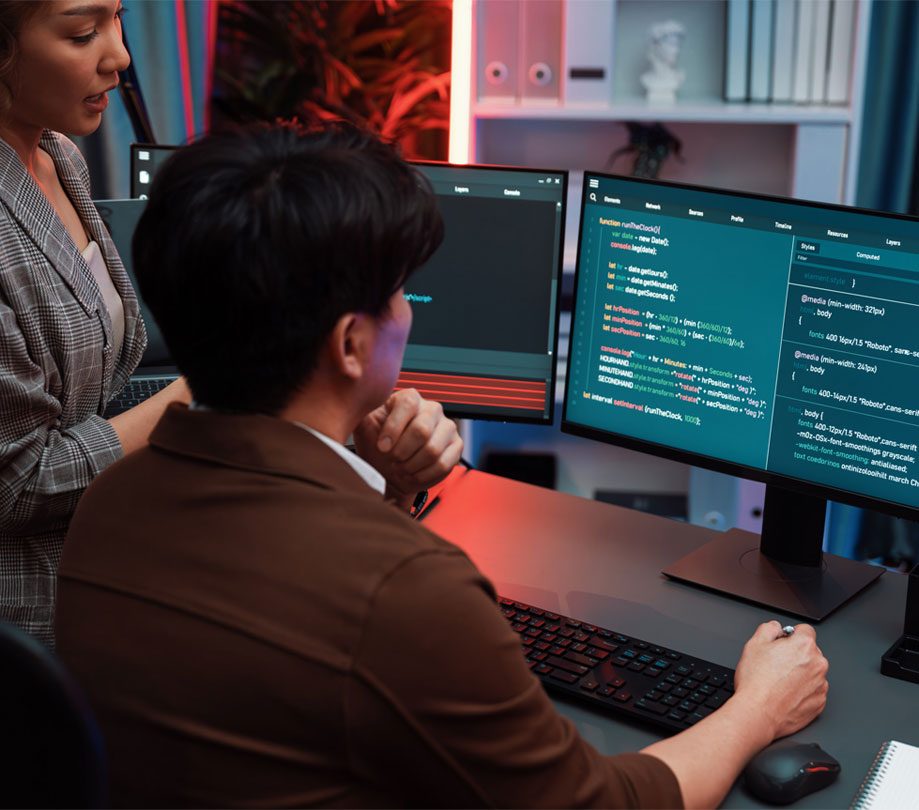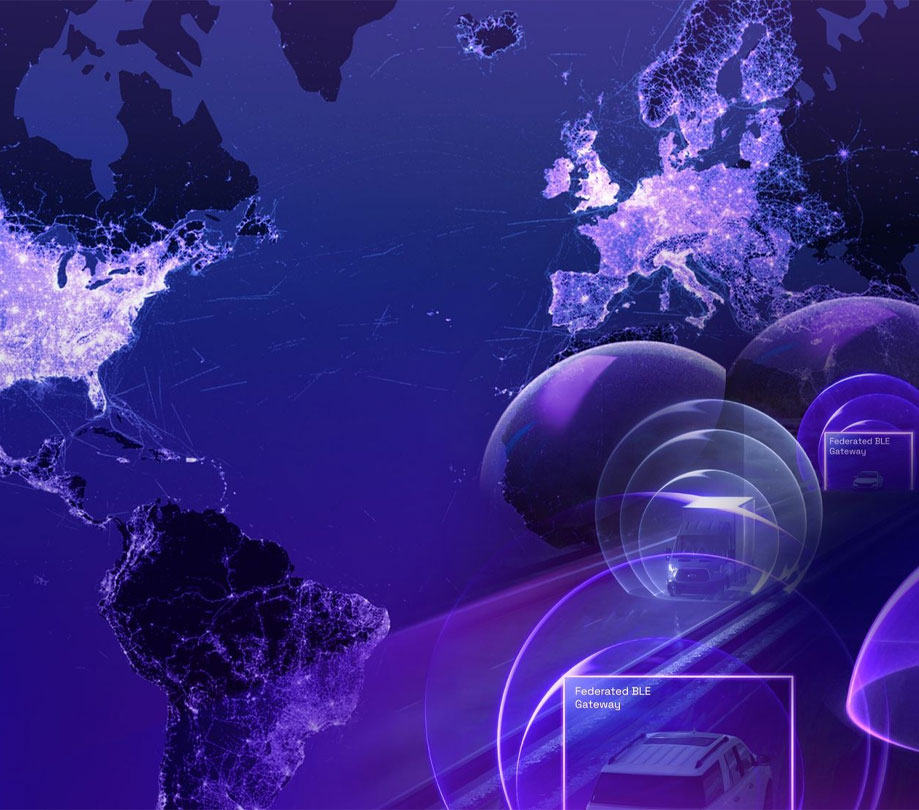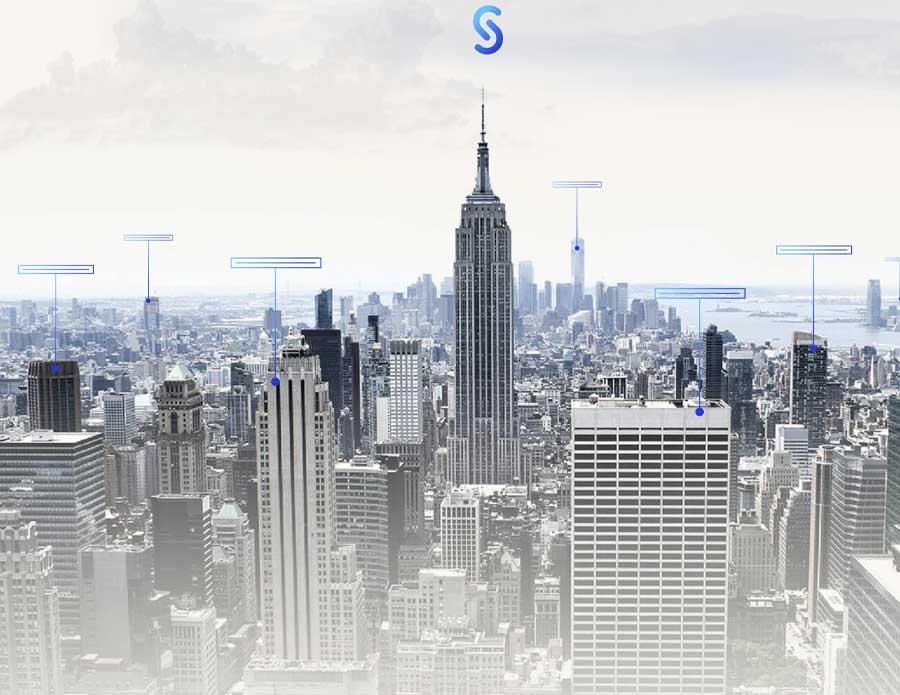Cloud Services
Why the cost of cloud computing is dropping dramatically
Thursday, January 25, 2018

|
Bill Supernor |
How app developers can take advantage of the lowering costs of cloud computing resources for backend services.
You might read the headline statement that the cost of cloud computing is dropping and say “Well, duh!”. Or maybe you’re on the other side of the fence. A coworker recently referred me to a very interesting blog on the Kapwing site that states Cloud costs aren’t actually dropping dramatically. The author defines “dramatically” based on the targets set by Moore’s Law or the more recently proposed Bezos’ Law, which states that “a unit of [cloud] computing power price is reduced by 50 percent approximately every three years.” The blog focused on the cost of the Google Cloud Platform (GCP) n1-standard-8 machine type, and illustrated historical data for the Iowa region:
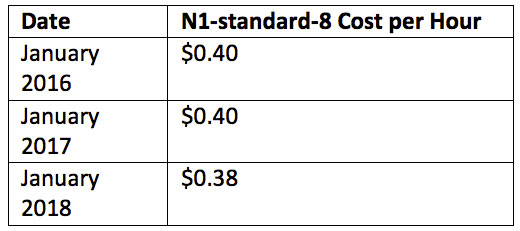
The Kapwing blog also illustrates that the GCP storage and network egress costs have not changed at all in three years. These figures certainly add up to a conclusion that Bezos’ Law is not working…at least not for GCP.
If we turn this around and try to apply Bezos’ Law to, well, Bezos’ Cloud we see a somewhat different story.
The approach to measuring AWS pricing changes needs to be a bit more systematic than for GCP, as the AWS instance types have been evolving quite a bit over their history. This evolution is shown by the digit that follows the first character in the instance type, indicating the version or generation number of the given instance type . For example, m1.large vs. m5.large. These are similar virtual machines in terms of specifications, with 2 vCPUs and about 8GB RAM, but the m1.large was released in October 2007, and the m5.large in November 2017. While the “1” in the GCP n1-standard-8 could also be a version number, it is still the only version I can see back to at least 2013. For AWS, changes in these generation numbers happen more frequently and likely reflect the new generations of underlying hardware on which the instance can be run.
In any event, when we make use of the Internet Archive to look at pricing changes of the specific instance type as well as the instance type “family” as it evolves, we see the following (all prices are USD cost per hour for Linux on-demand from the us-east-1 region in the earliest available archived month of data for the quoted year):
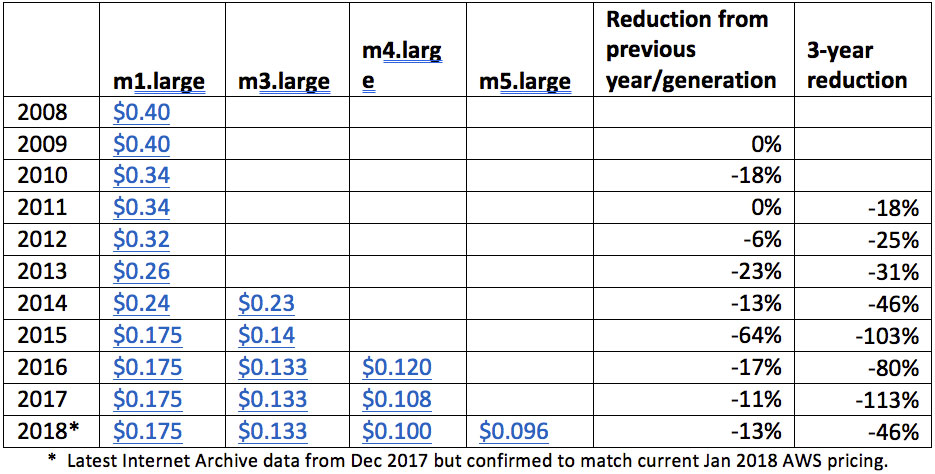
FWIW: The second generation m2.large instance type was skipped, though in October 2012 AWS released the “Second Generation Standard” instances for Extra Large and Double Extra Large - along with about an 18% price reduction for the first generation.
To confirm that we can safely compare these prices, we need to look at how the mX.large family has evolved over the years:

A couple of notes on this:
- ECU is “Elastic Compute Unit” - a standardized measure AWS uses to support comparison between CPUs on different instance types. At one point, 1 ECU was defined as the compute-power of a 1GHz CPU circa 2007.
- I realize that the AWS mX.large family is not equivalent to the GCP n1-standard-8 machine type mentioned earlier, but I was looking for an AWS machine type family with a long history and fairly consistent configuration(and this is not intended to be a GCP vs AWS cost comparison).
The net average of the 3-year reduction figures is -58% per year, so Bezos’ Law is looking pretty good. (And there is probably an interesting grad-student dissertation somewhere about how serverless technologies fit into Bezos’ Law…) When you factor the m1.large ECU of 4 versus the m5.large ECU of 10 into the picture, more than doubling the net computing power, one could easily argue that Bezos’ Law significantly understates the situation. Overall, there is a trend here of not just a significantly declining prices, but also greatly increased capability (higher ECU and more RAM), and certainly reflecting an increased value to the customer.
So, why has the pricing of the older m1 and m3 generations gone flat but is still so much more expensive? On the one hand, one could imagine that the older generations of underlying hardware consume more rack space and power, and thus cost Amazon more to operate. On the other hand, they have LONG since amortized this hardware cost, so maybe they could drop the prices. The reality is probably somewhere in between, where they are trying to motivate customers to migrate to newer hardware, allowing them to eventually retire the old hardware and reuse the rack space.
There is definite motivation here to do a lateral inter-generation “rightsizing” move. We most commonly think of rightsizing as moving an over-powered/under-utilized virtual machine from one instance size to another, like m5.large to m5.medium, but intergenerational rightsizing can add up to some serious savings very quickly. For example, an older m3.large instance could be moved to an m5.large instance in about 1 minute or less (I just did it in 55 seconds: Stop instance, Change Instance Type, Start Instance), immediately saving 39%. This can frequently be done without any impact to the underlying OS. I essentially just pulled out my old CPU and RAM chips and dropped in new ones. Note that it is not necessarily this easy for all instance types - some older AMI’s can break the transition to a newer instance type because of network or other drivers, but it is worth a shot, and the AWS Console should let you know if the transition is not supported (of course: as always make a snapshot first!).
For the full view of cloud compute cost trends, we need to look at both the cost of specific instance types, and the continually evolving generations of that instance type. When we do this, we can see that the cost of cloud computing is, in fact, dropping dramatically…at least on AWS.
This content is made possible by a guest author, or sponsor; it is not written by and does not necessarily reflect the views of App Developer Magazine's editorial staff.

The Kapwing blog also illustrates that the GCP storage and network egress costs have not changed at all in three years. These figures certainly add up to a conclusion that Bezos’ Law is not working…at least not for GCP.
Whose law is it anyway?
If we turn this around and try to apply Bezos’ Law to, well, Bezos’ Cloud we see a somewhat different story.
The approach to measuring AWS pricing changes needs to be a bit more systematic than for GCP, as the AWS instance types have been evolving quite a bit over their history. This evolution is shown by the digit that follows the first character in the instance type, indicating the version or generation number of the given instance type . For example, m1.large vs. m5.large. These are similar virtual machines in terms of specifications, with 2 vCPUs and about 8GB RAM, but the m1.large was released in October 2007, and the m5.large in November 2017. While the “1” in the GCP n1-standard-8 could also be a version number, it is still the only version I can see back to at least 2013. For AWS, changes in these generation numbers happen more frequently and likely reflect the new generations of underlying hardware on which the instance can be run.
Show me the data!
In any event, when we make use of the Internet Archive to look at pricing changes of the specific instance type as well as the instance type “family” as it evolves, we see the following (all prices are USD cost per hour for Linux on-demand from the us-east-1 region in the earliest available archived month of data for the quoted year):

FWIW: The second generation m2.large instance type was skipped, though in October 2012 AWS released the “Second Generation Standard” instances for Extra Large and Double Extra Large - along with about an 18% price reduction for the first generation.
To confirm that we can safely compare these prices, we need to look at how the mX.large family has evolved over the years:

A couple of notes on this:
- ECU is “Elastic Compute Unit” - a standardized measure AWS uses to support comparison between CPUs on different instance types. At one point, 1 ECU was defined as the compute-power of a 1GHz CPU circa 2007.
- I realize that the AWS mX.large family is not equivalent to the GCP n1-standard-8 machine type mentioned earlier, but I was looking for an AWS machine type family with a long history and fairly consistent configuration(and this is not intended to be a GCP vs AWS cost comparison).
The drop in the cost of cloud computing looks kinda dramatic to me…
The net average of the 3-year reduction figures is -58% per year, so Bezos’ Law is looking pretty good. (And there is probably an interesting grad-student dissertation somewhere about how serverless technologies fit into Bezos’ Law…) When you factor the m1.large ECU of 4 versus the m5.large ECU of 10 into the picture, more than doubling the net computing power, one could easily argue that Bezos’ Law significantly understates the situation. Overall, there is a trend here of not just a significantly declining prices, but also greatly increased capability (higher ECU and more RAM), and certainly reflecting an increased value to the customer.
So, why has the pricing of the older m1 and m3 generations gone flat but is still so much more expensive? On the one hand, one could imagine that the older generations of underlying hardware consume more rack space and power, and thus cost Amazon more to operate. On the other hand, they have LONG since amortized this hardware cost, so maybe they could drop the prices. The reality is probably somewhere in between, where they are trying to motivate customers to migrate to newer hardware, allowing them to eventually retire the old hardware and reuse the rack space.
Intergenerational Rightsizing
There is definite motivation here to do a lateral inter-generation “rightsizing” move. We most commonly think of rightsizing as moving an over-powered/under-utilized virtual machine from one instance size to another, like m5.large to m5.medium, but intergenerational rightsizing can add up to some serious savings very quickly. For example, an older m3.large instance could be moved to an m5.large instance in about 1 minute or less (I just did it in 55 seconds: Stop instance, Change Instance Type, Start Instance), immediately saving 39%. This can frequently be done without any impact to the underlying OS. I essentially just pulled out my old CPU and RAM chips and dropped in new ones. Note that it is not necessarily this easy for all instance types - some older AMI’s can break the transition to a newer instance type because of network or other drivers, but it is worth a shot, and the AWS Console should let you know if the transition is not supported (of course: as always make a snapshot first!).
Conclusion
For the full view of cloud compute cost trends, we need to look at both the cost of specific instance types, and the continually evolving generations of that instance type. When we do this, we can see that the cost of cloud computing is, in fact, dropping dramatically…at least on AWS.
This content is made possible by a guest author, or sponsor; it is not written by and does not necessarily reflect the views of App Developer Magazine's editorial staff.

Become a subscriber of App Developer Magazine for just $5.99 a month and take advantage of all these perks.
MEMBERS GET ACCESS TO
- - Exclusive content from leaders in the industry
- - Q&A articles from industry leaders
- - Tips and tricks from the most successful developers weekly
- - Monthly issues, including all 90+ back-issues since 2012
- - Event discounts and early-bird signups
- - Gain insight from top achievers in the app store
- - Learn what tools to use, what SDK's to use, and more
Subscribe here



